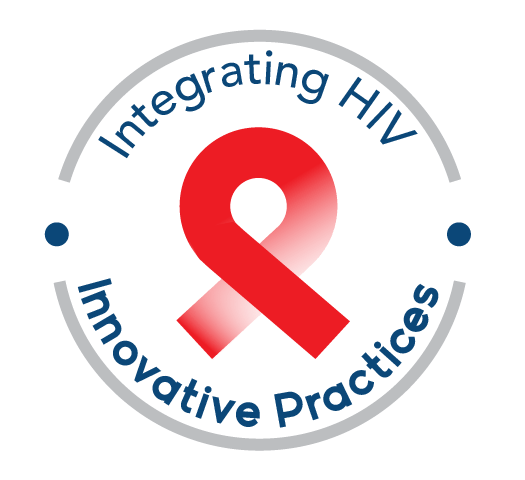In this Chapter
About This Manual

Public health interventions, from improving continuity of care for HIV-positive prisoners to reducing drug and sexual risk behaviors, have been studied in prison-based settings and shown to be successful.1,2 In contrast, only a few interventions have examined jail settings to identify best practices for case finding and linkage to community-based services.1,3 Given the number of people with HIV passing through these facilities, and the need to reach them and deliver evidence-based interventions, the Health Resources and Services Administration (HRSA) HIV/AIDS Bureau’s (HAB’s) Special Projects of National Significance (SPNS) program launched the Enhancing Linkages to HIV Primary Care & Services in Jail Settings Initiative (Enhance Link). Because most interventions have previously focused on prison-based work,1 this jail linkages training manual and, indeed, the project itself, fill an important research void.
EnhanceLink ran from 2007–2012 and built upon the HRSA/Centers for Disease Control and Prevention (CDC) jointly funded 5-year Corrections Demonstration Project. At $21.7 million, EnhanceLink funded 10 grantees representing 20 separate jail sites as well as an evaluation/ technical assistance center.
This training manual synthesizes lessons learned from this federally funded, innovative pilot project and has important implications for HIV testing and procedures in jails across the United States.4
The learning objectives of this manual are to:
- Illustrate the effectiveness of jail linkage work
- Provide information on components of a jail linkage program
- Highlight best practices from successful EnhanceLink grantees so that readers have the necessary information to replicate and implement this work
- Support the goals of the National HIV/AIDS Strategy (NHAS) by maximizing available resources to reduce HIV incidence, increase access to care and optimize health outcomes, and reduce HIV-related health disparities
The target audience includes health care provider sites and community partners with an interest and need to work with incarcerated populations, particularly HIV-positive jail inmates and the recently released (otherwise known as “releasees” herein).
This training manual is part of the Integrating HIV Innovative Practices (IHIP) project that promotes replication and dissemination of successful SPNS initiatives. Accompanying this manual is an implementation guide that builds upon the lessons outlined herein and a pocket guide for easy reference, and a training Webinar series.
Incarceration in the United States:
An Overview
The United States has the highest incarceration rates of any industrialized country in the world.5 Approximately 1 out of every 100 people in the United States is in jail or prison;6 and, if rates persist, 1 in 15 Americans will have been incarcerated at some point in their lives.7
Prisons versus Jails: What’s the Difference?
The terms “jails” and “prisons” are often used interchangeably, but they represent different kinds of correctional facilities.8 Prisons are operated by State governments or the Federal Bureau of Prisons instead of local municipalities. Most inmates have committed felonies and typically serve terms of at least 1 year. In contrast, jails are locally operated, or are short-term managed facilities for people awaiting arraignment, trial, or sentencing; or who cannot post bail and are serving short jail sentences; or are awaiting transfer to prison; or have violated the terms of their parole.8
There are 3,000 jail systems within the United States (not counting individual facilities within those systems); these vary from rural lockups with just a few cells to large city jail systems with tens of thousands of inmates.5 How fast detainees leave jails can vary between individual jails and from individual to individual. On average, nearly one quarter of jail detainees are released within 2 weeks. According to a recent study specifically focused on felony defendants in large urban areas, approximately 50 percent of these individuals were released within 2 days. All are released or transferred within 1 year.
More people pass through jails than prisons.2,11,12 In 2006, approximately 85 percent of incarcerated persons were solely in jails.13 Each year, there are nearly 13 million jail admissions—representing 9 to 10 million unique persons annually and an average of 760,000 jail inmates—daily in the United States.13 This equates to more than 4 percent of the U.S. adult population passing through a jail in a given year.14
Prisons and jails have their own policies/procedures, so these vary and are not universal. Jail interventions must be tailored to where they’re being implemented and for whom.1
